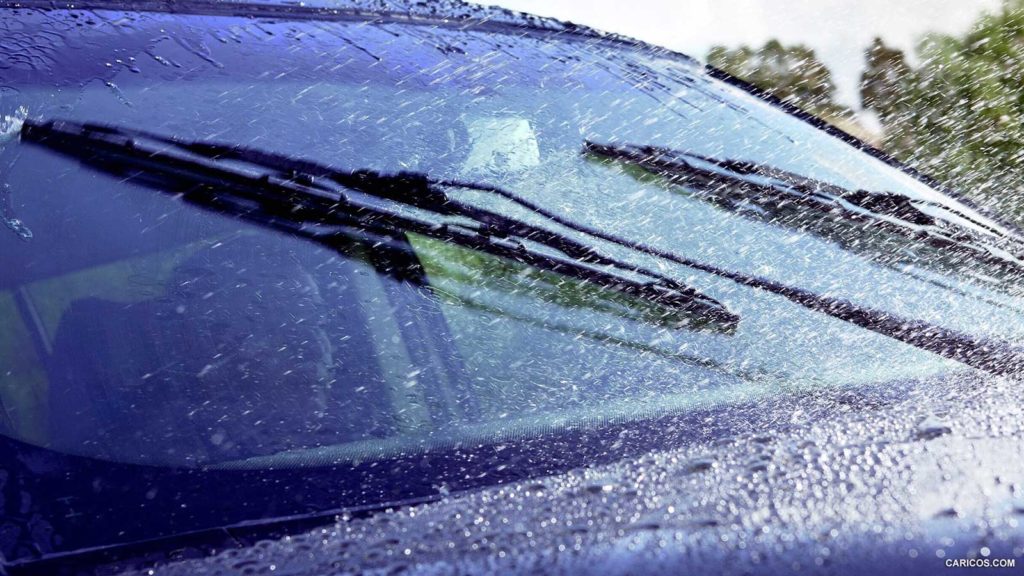Caring for and replacing windshield wiper blades is an easy thing to forget — until you need them. Neglect your windshield wiper blades and you may find yourself in hazardous weather situations with limited vision.
Floridians should inspect and/or replace their wiper blades in preparation for Florida’s summer rain storms. The American Optometric Association reports that 90 percent of all driving decisions are based solely on visual cues.
We suggest replacing your wiper blades every other oil change or every six months. When you bring your vehicle to us for an oil change we check your wiper blades. We always have ANCO blades in stock.
It is best to always replace both wiper blades at the same time. Use the same make and model to ensure the best performance and clarity.
Old or damaged wiper blades will not make good contact with your windshield and may skip, squeak, smear, streak or even crack your windshield. Remembering to check your wiper blades regularly will maximize visibility, efficiency and reliability.
Wiper problems and solutions
Wiper blades deteriorate due to many environmental factors. These can include:
- Sun: Ultraviolet light and ozone deterioration
- Oil: Car waxes and exhaust hold rubber-deteriorating oil
- Airborne debris: Sand, mud and dust carried in the wind
- Moisture: Acid rain and salt water (in moist air both near the shore and inland)
You can avoid common problems and extend the life of your wiper blades by following these simple steps:
- Clean your windshield every time you fill your gas tank.
- Gently wipe the rubber squeegee with a damp paper towel to remove any loose dirt or oil.
Other common wiper problems
- Streaking occurs when the rubber squeegee dries, hardens and cracks. It can also be caused by tree sap, road tar and other foreign substances collected on either the glass or the blade.
- Skipping occurs when the blade develops a curvature from lack of use (left in the parked position for an extended length of time).
- Wearing occurs with extensive use and is when the rubber edges are rounded instead of squared.
- Splitting is caused when the sun’s ultraviolet rays penetrate the rubber squeegee, causing it to breakdown and separate from the frame.
- Bent refill vertebra and bent frames cause inconsistent contact with the glass surface, creating streaking or skipping.


